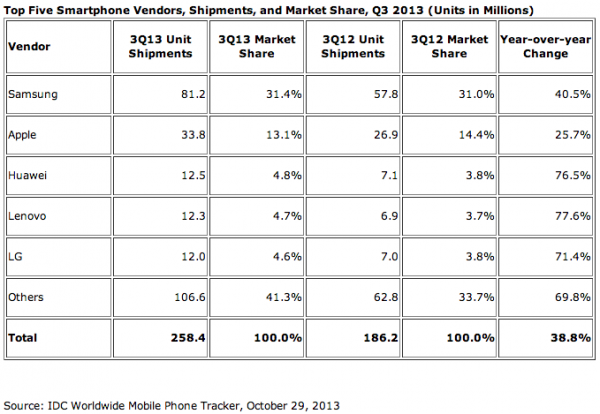
Silver surfers are a more important market than generations X and Y yet are often ignored by technology companies according to new research by Gartner. With many markets now having an aging population, technology designers and marketers need to refocus on the opportunities offered by older users.
Speaking at Gartner Symposium/ITxpo on Australia's Gold Coast, vice president and Gartner Fellow David Furlonger says, "In recent years, technology decision makers have focused their work largely on the perceived wants and needs of younger demographics. They have created and sold products targeted explicitly at an already-saturated market of financially poor 'digital natives' in Generations X and Y. This emphasis on the young is unsurprising, since many technologists are themselves part of these younger age groups. However, it is a very serious mistake, because it neglects the most promising technology market demographic of all: the affluent, increasingly technologically sophisticated older generation we are calling the 'silver surfers'".
Research elsewhere by Australian mobile company Optus shows that the older generation is increasingly active on social media with more than three quarters of silver surfers in the country using Facebook to stay in touch with friends and family.
Technology is able to improve quality of life for the older generation too and research by Gartner and others shows that individuals in in this age group are quick to recognize the potential it has to change their lives. This represents an opportunity for companies to design and sell devices specifically for the needs of this market, a step that most have not yet taken.
"The consumerization of technology has made it far more accessible, especially in terms of usability, to people who may find PCs more difficult to manage," says Furlonger. "However, technology designers and manufacturers have largely ignored this huge and growing market, and by doing so, have neglected one of their most important sources of future growth and revenue. The younger market has only linear growth potential and decreasing purchasing power, while the silver surfers offer exponential growth opportunities and growing purchasing potential".
A number of factors are driving technology adoption by older groups, these include increased availability of broadband and Wi-Fi connections, along with social networks and targeted forums. All of this helps meet the need for social interaction as increasing numbers of older people find themselves living apart from their families in a way unknown to past generations.
Gartner says that designers can help by delivering clean, simple, uncluttered user interfaces, without confusing fonts, colors or special effects. Straightforward navigation and simple checkout processes are crucial for older customers too.
Companies also need to recognize that silver surfers select and buy technology in a different way. Trust and reputation are important as are recommendations from family and friends. Perceived value -- the contribution technology can make to a person's life rather than just the price -- is important too.
"The silver surfer demographic is huge and growing, and clearly has both the ability and the desire to spend significant amounts of money on technology," says Furlonger. "However, to date, most technologists and technology manufacturers have failed to deliver products and services that meet the needs of this market and its various sub- or microsegments, and marketers have largely failed to target it effectively. To do so will require fundamental changes in their approach to product and service design, marketing and sales".
The full report is available on Gartner's website and you can see a video of Furlonger introducing the research on YouTube.
Photo Credit: arek_malang/Shutterstock

via BetaNews http://feeds.betanews.com/~r/bn/~3/rBae3dPu_4g/
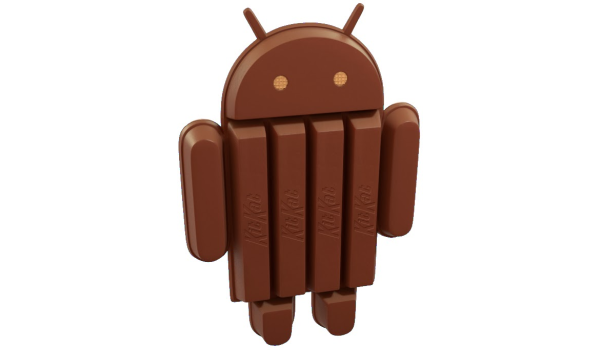
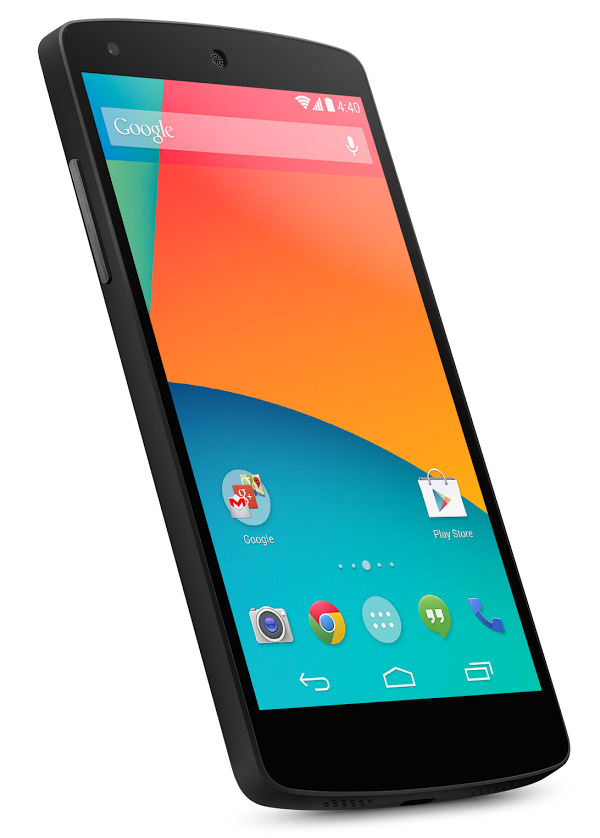
 Flexibits has released
Flexibits has released 


 Back at the start of the month, Adobe reported that the company’s network had suffered a breach and that as a result the accounts of 2.9 million customers had been compromised. Sounds bad? It's worse than first thought. And not just a bit worse; much, much worse. Upon further analysis of the figures
Back at the start of the month, Adobe reported that the company’s network had suffered a breach and that as a result the accounts of 2.9 million customers had been compromised. Sounds bad? It's worse than first thought. And not just a bit worse; much, much worse. Upon further analysis of the figures 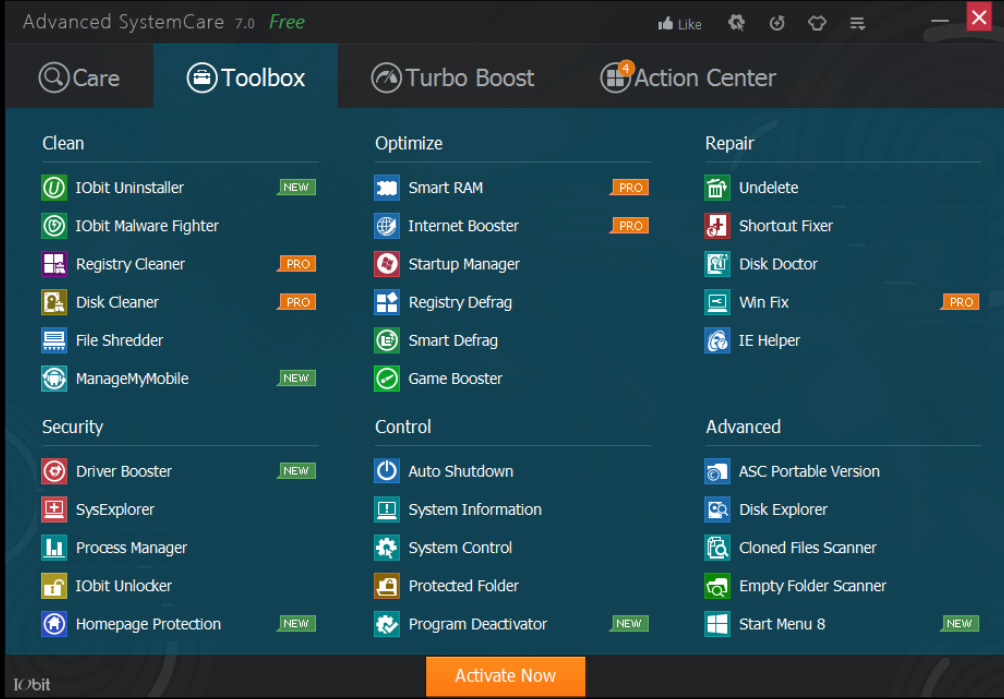
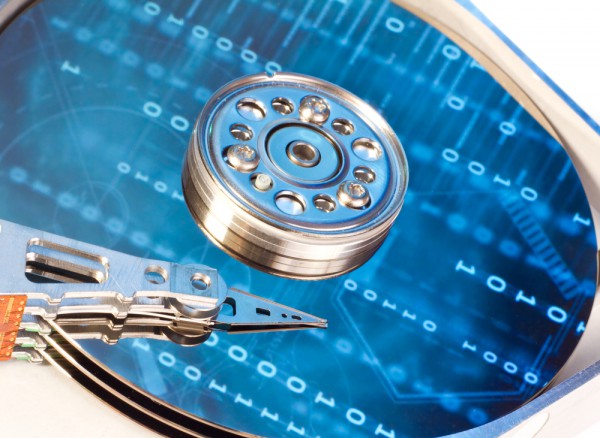
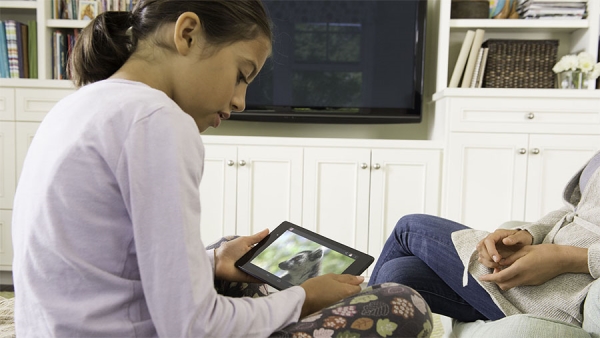

 Microsoft has released its latest
Microsoft has released its latest 
